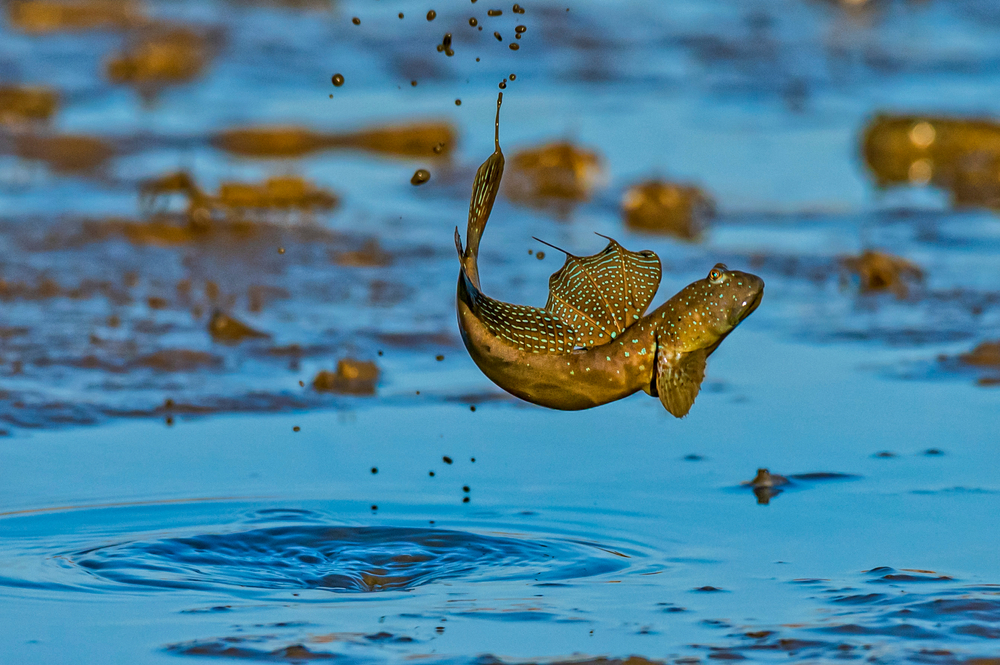Umm Tais Overview
Umm Tais National Park, also referred to locally as “Umm Tais Park,” is a captivating natural reserve located in the northeastern region of Qatar. Spanning an area of approximately 4.5 square miles (11.7 square kilometers), this protected zone showcases a unique coastal and desert ecosystem that embodies the country’s commitment to preserving its natural heritage. The park is situated along Qatar’s eastern coast, near Al Dhakira, making it a destination for locals and tourists seeking a blend of serene natural beauty and outdoor exploration.
The terrain of Umm Tais National Park is a harmonious fusion of sandy coastal flats, salt marshes, and tidal mudflats. It lies within the larger mangrove forest ecosystem, characterized by the presence of Avicennia marina, commonly known as the grey mangrove. These resilient trees dominate the landscape, forming dense, green thickets that provide shelter and stability to the shoreline. The shallow, warm waters teem with marine life, and during low tides, the intricate network of channels and exposed mudflats reveals a fascinating interplay of land and sea. This lush vegetation and tranquil setting make the park a haven for both ecological preservation and leisurely escape.
The wildlife at Umm Tais National Park is as remarkable as its scenery. The mangroves support a rich biodiversity, hosting various fish, crustaceans, and mollusks that thrive in the brackish waters. Bird enthusiasts will delight in spotting key avian species, such as flamingos, herons, and ospreys, which frequent the area either as residents or migratory visitors.
The park is also known for its population of mudskippers, fascinating amphibious fish that can often be seen scuttling across the mudflats. While large terrestrial mammals are rare in this coastal habitat, smaller species such as desert hares and hedgehogs may occasionally be spotted.
A highlight of visiting Umm Tais National Park is the opportunity to explore the mangrove channels by kayak, offering a close-up view of the vibrant ecosystem while paddling through narrow waterways. Walking trails along the coastal edges provide scenic vistas and tranquil moments for nature lovers. Additionally, guided eco-tours are a popular choice, providing insights into the park’s flora and fauna and the importance of mangroves in combating coastal erosion and supporting marine life.
The park’s management has achieved notable conservation successes, including restoring degraded mangrove areas and implementing measures to limit human impact. However, challenges such as coastal development, pollution, and climate change pose ongoing threats to the delicate ecosystem. Community engagement and sustainable tourism practices have been pivotal in addressing these issues, ensuring that Umm Tais National Park remains a thriving natural refuge for generations to come.










































































